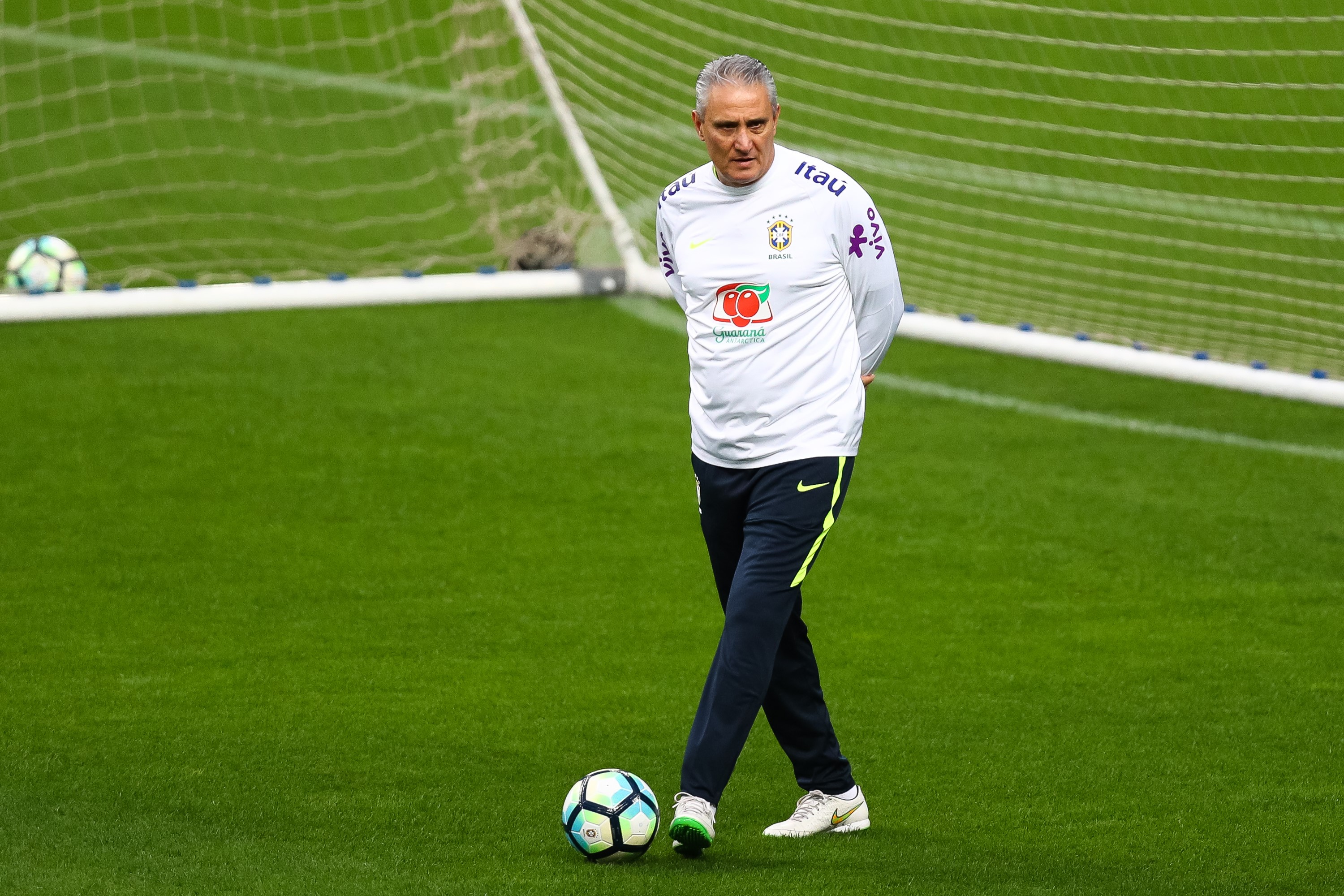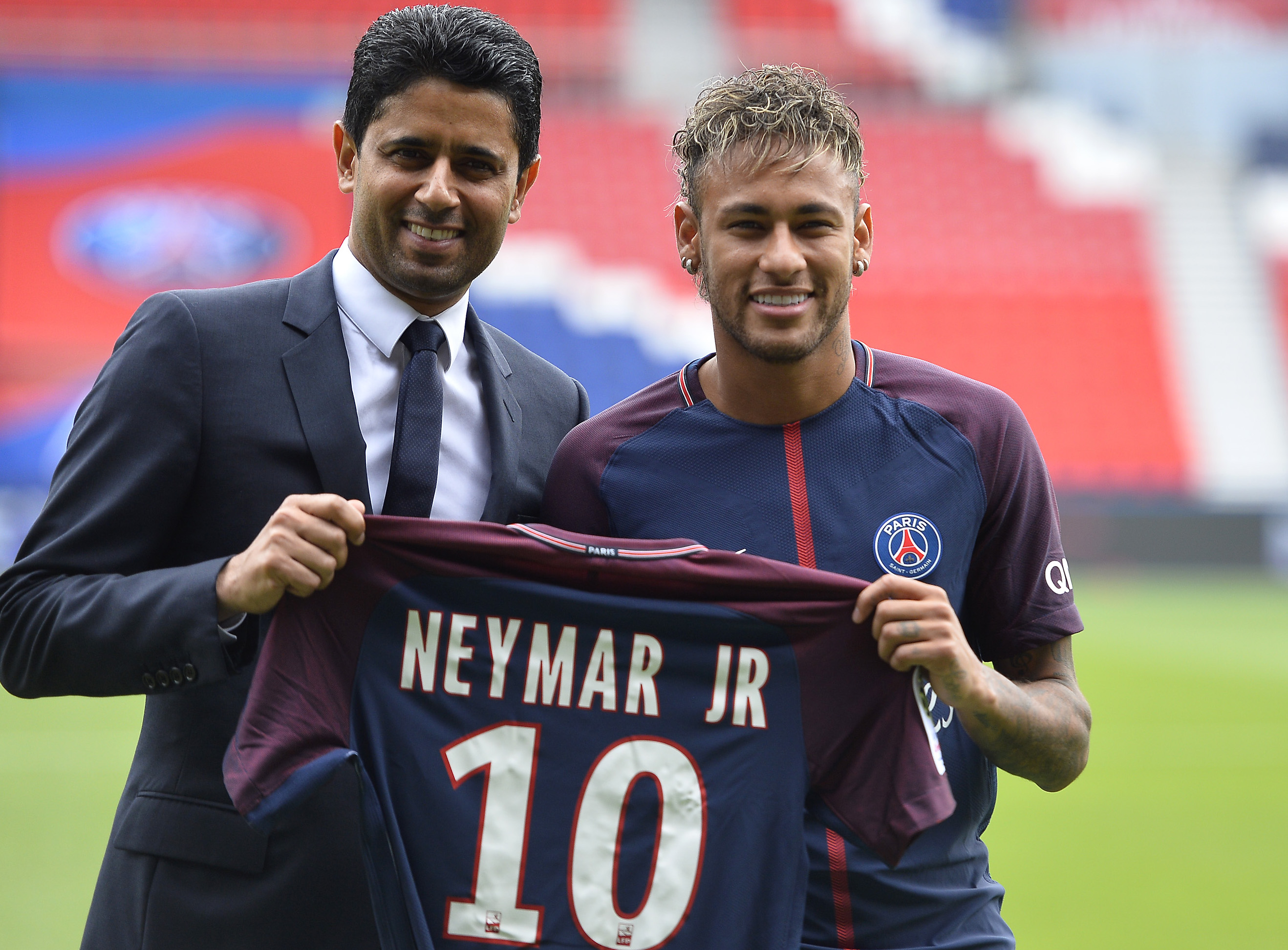What is the hallmark of a good international soccer coach? Surely, it is both winning and squeezing the maximum out of your players. That’s precisely what Adenor Leonardo “Tite” Bacchi has done since he took charge of Brazil last September. Brazil easily qualified for the 2018 World Cup and, under his tutelage, the reformatted Seleção conveyed a positive vibe to the Brazilian game. Tite is King Midas, but with a perfect track record often comes the danger of overblown confidence.
Next summer Russia will host the quadrennial high mass of the game, but in reality, with a limited number of World Cup qualifiers and FIFA dates left, there is precious little soccer time left until the big kick off. For plenty of teams, the remaining matches are all about crossing the finish line so as to get to Russia, while for others, they are about hanging on to slithers of hope. A select few can luxuriate in the idea of building, tweaking and fine-tuning their team, without the qualification stress: Russia, the hosts, Iran, Japan, and Brazil, who became the first qualifiers outside of the automatic hosts, and who currently sit at the top of the FIFA rankings.
In March of this year, the Brazilians qualified with an empathic 3-0 victory against Paraguay, but it was perhaps the astonishing 1-4 win away to Uruguay that paved the path to Russia. Brazil trailed in the 4th minute after a moment of madness from Marcelo, who, with casual indifference, chested the ball into the path of Edison Cavani. The PSG striker forced a penalty and Uruguay was suddenly a goal up. But the Seleção roared back into the game with the ubiquitous presence of Neymar, who motored Brazil’s attack, and the heroic Paulinho.

For Tite, it was a dream scenario: not the margin of victory, but the manner. How would his team react if it conceded first? The true test of any side is going a goal behind, and Brazil hadn’t yet trailed under Tite at the time. Remember what happened in Port Elizabeth when Brazil fell behind to Arjen Robben’s goal in the 2010 World Cup? Carlos Dunga nearly smashed the dugout and his emotional collapse precipitated his team’s elimination.
The triumph in Montevideo was emblematic of Tite’s Brazil. His team was compact, fluent, ruthless and, most importantly, not deterred by the hostility of the Estadio Centenario. Tite modified the Brazil of his predecessor Dunga, whose appointment had been the sign of a football culture in denial. Tite pushed the entire team higher up the field, introduced Real Madrid’s Casemiro in midfield and relied, in the final third, on the pace and daring of Gabriel Jesus, who enjoyed a meteoric rise at Manchester City. Jesus gelled well with Neymar and made the team less dependent on its talisman. Brazil played expansive football in a 4-1-4-1 formation and won eight matches on the trot in the World Cup qualifiers. Today, they top the qualifying table on 33 points, 9 points clear of second-place Colombia. Brazil faces Ecuador and that same Colombia in its next two games, which they could lose in a landslide and still claim the top spot in CONMEBOL. And it’s unlikely that they will lose; no opponent has even scored from open play against Tite’s Brazil in a competitive match.
Tite has introduced a coherent, functional idea of play; something Brazil has been lacking for a very long time.
“Tite has introduced a coherent, functional idea of play; something Brazil has been lacking for a very long time,” explains Rupert Fryer, the editor of Brasil Global Tour. “He speaks constantly of balance and has clearly given greater freedom to his attack, resulting in an integrated, fluid system as opposed to the many ‘broken’ teams we have watched in recent years.”
“Casemiro’s rise at Real Madrid has been key,” highlights Fryer. “Introducing a ‘volante’ stable enough to operate without a partner in crime has created space for the cerebral, creative Renato Augusto, and a shuttling midfielder in Paulinho. Central midfield has long been the area in which Brazil have been lacking. They may not have the most talented individuals in world football in that area, but the central zones are certainly more complete than under previous management.”
It’s all been plain sailing for Tite, but with the Seleção’s renaissance, complete hubris lurks around the corner. Historically, Brazil has been prone to it. Back in 2013, the Brazilians swept past world champions Spain 3-0 in the final of the Confederations Cup with Fred freewheeling up front. The Maracanã was ecstatic and it rubbed off. Coach Luiz Felipe Scolari and his back room insisted ‘the hard work has already been done.’
Carlos Alberto Parreira, a respected figure in Brazilian coaching circles and Scolari’s coordinator, pontificated. “We already have one hand on the cup,” said Parreira. It reeked of conceit and smugness. The reality would be very different, and infamously so. On a sweltering hot afternoon in Belo Horizonte, Germany contrived to create a morbid purgatory for Brazil. The result was biblical: 7-1, the Mineirazo thumping the Maracanazo. Brazil was no longer master of the beautiful game, but a measly cast of eleven over-hyped Samba dancers. They had been infuriatingly poor.
“The experience Brazil has now is very different from the 2014 World Cup,” explains Gilberto Silva, who won the 2002 World Cup with Brazil. “The World Cup qualifiers in South America are a big test and help you mature. That’s the level of difficulty you’d face at a Confederations Cup or a World Cup, but, in 2014, Brazil didn’t have the experience of the qualifiers. That was an important part that Brazil had missed out on at the time. You go to Venezuela, Ecuador and Bolivia and those games are very helpful. This time around they will be more experienced in terms of the big games and the circumstances. Brazil will be much better [at the World Cup].”
That experience has further strengthened Tite’s Brazil. The first team rolls off the tongue – Alisson, Daniel Alves, Marquinhos, Miranda, Marcelo; Casemiro; Coutinho, Paulinho, Renato Augusto, Neymar; Gabriel Jesus – but with qualification ensured the coach must ensure he micro-manages his team well. Tite has simmering concerns. Alisson is not always first choice at his club AS Roma, and Renato Augusto’s fitness is precarious. Will Paulinho’s style fit at FC Barcelona? How will Neymar settle at Paris Saint-Germain?

Brazil’s number ten has already illuminated the city of light, where, after all the hullabaloo and obscenity of a mega-transfer with an A grade plot and ‘jet set’ protagonists, he’s shown to carry his new team with great aplomb and much grandeur. His leadership in Paris will feed nicely into his kingpin role with Brazil, where he previously denounced the captaincy.
With Daniel Alves and Marquinhos starters in the team and Thiago Silva on the bench, PSG forms a little nucleus in the Brazilian team, something fans of the Seleção should be salivating about. It’s a godsend for Tite, because it provides stability. In the past Spain and Germany, the last two World Cup winners, built their teams around core players from FC Barcelona and Bayern Munich, respectively. Could Brazil’s Paris core do the same?
The puzzle pieces are very much in place, even though Tite insists Brazil is still a work in progress, with the door open for new faces and new ideas. He may even take a look at new playing systems to back up his preferred 4-1-4-1 and 4-3-3 formations. “Tite doesn’t do self-regard,” says Alexandre Gontijo, a Brazilian football expert for Globo. “He is open-minded and listens to others. He doesn’t think like Louis Quatorze.”
Tite’s own history serves as a stark warning for loosening the reins. In 2012 he won the Club World Cup with Corinthians against Chelsea and the following season he trusted the same group of players to deliver again. The strategy backfired spectacularly and ultimately led to his dismissal. Overblown confidence is a vice and Tite knows its catastrophic consequences.







